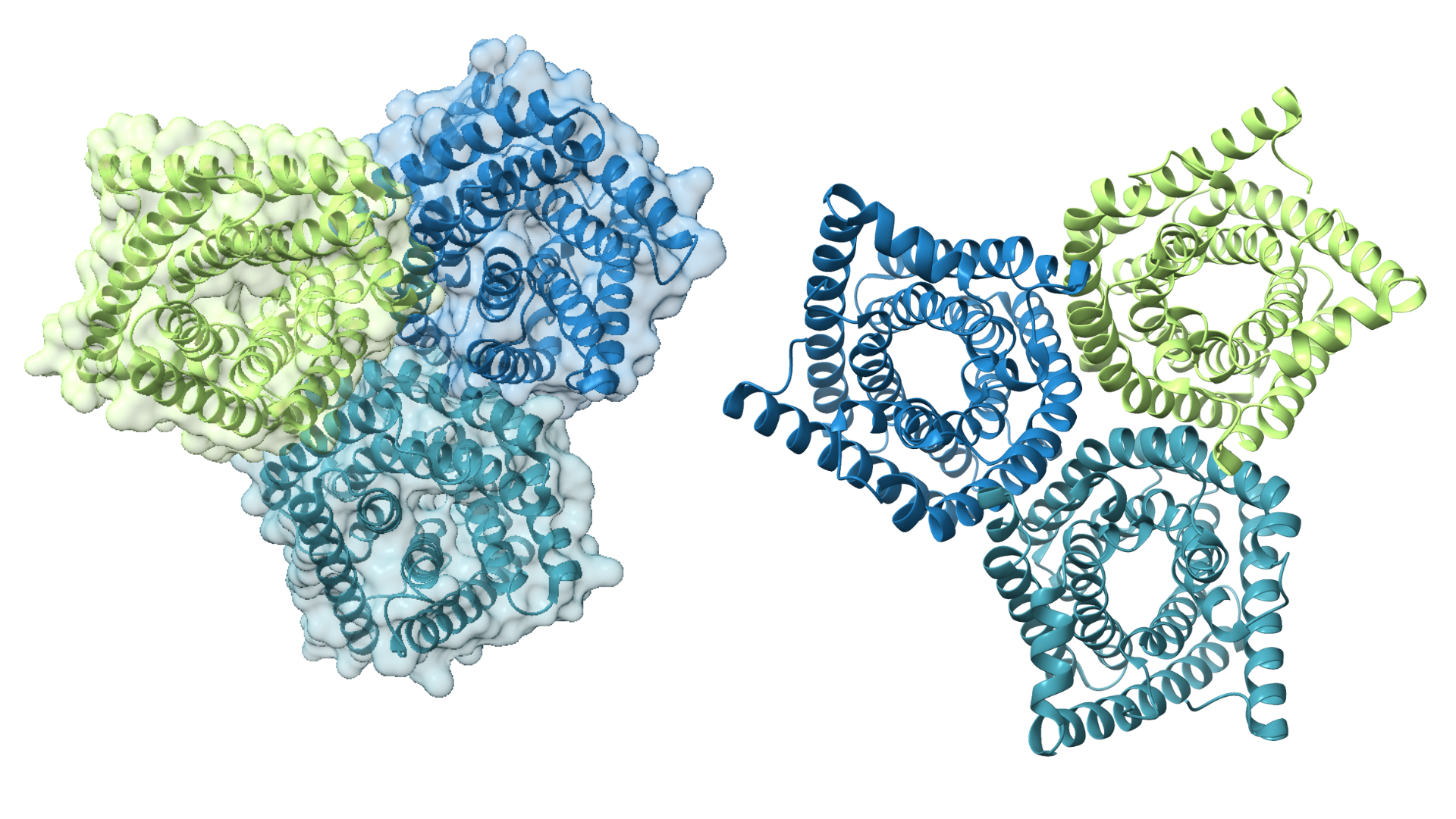Single Particle Analysis Workflows
Single particle analysis (SPA) is a structural biology technique which utilizes cryo-EM images to reconstruct a high resolution 3D reconstruction.
High resolution cryo-EM micrographs of vitrified samples are used to collect multiple views of an individual molecule or particle, which allows a variety of 2D images to be processed into a 3D structure.
Insights with Single Particle Analysis
Cryo-EM single particle analysis workflows provide valuable, near-atomic resolution structures for molecules that are dynamic, flexible, or do not easily crystallize, such as:
- Protein Complexes
- Membrane Proteins
- Small Molecules
NIS’s in-house microscopes and advanced computational software can provide sample to structure through single particle analysis in under 4 week

Target Classes Solved at NIS
- Protein Degraders & Ternary Complexes
- PROTAC® Degraders
- Molecular Glues
- Protein Degraders & Ternary Complexes
- PROTAC® Degraders
- Molecular Glues
Cryo-EM single particle analysis: 300+ projects solved.
Single particle analysis (SPA) is a group of related computerized image processing techniques used to analyze images from transmission electron microscopy (TEM). These methods were developed to improve and extend the information obtainable from transmission electron microscopy (TEM) images of samples and allow for high resolution structure determination of proteins, protein complexes and viruses.
NIS is experienced in all stages of single particle analysis projects and workflows, from grid preparation and optimization, to high resolution data collection, through processing and refinement of the 3D map. We were the first, and continue to be the only, structural biology CRO with dedicated in-house Titan Krios microscopes, maintaining and expanding state-of-the-art facilities in both San Diego and the Greater Boston area.
We’ve collected data to support over 300 projects, solving over 200 structures, half of which were membrane proteins. Of the structures solved over 76% were determined at resolutions of 3.5 Å or better.






